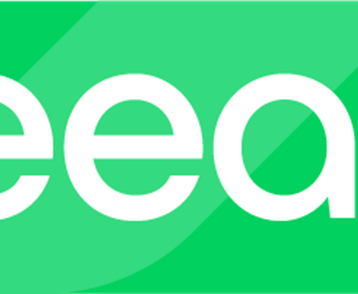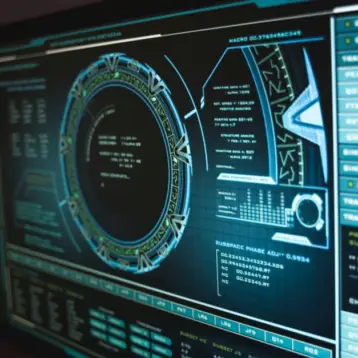Midair refueling is a complex task developed by Alexander P. de Seversky, a Russian pilot which immigrated to the U.S., who first applied for and received a patent for midair refueling in 1921. Two years later, the U.S. army began operational testing of midair refueling, but although successful, another decade passed before the necessary technology and technique were perfected and midair refueling became routine. Today most combat aircraft are capable of midair refueling although the task is still considered complex and done manually. Currently several companies world-wide are developing automatic technologies for aerial refueling, designed to further increase the safety of this complex procedure.
The Technion students, under the direction of Prof. Benjamin Landkof and Robert Zickel, worked on the project for the past year. The project did not include the development of an actual UAV refueler, instead the 10 student team focused on a special algorithm that controls a camera attached to the end of the refueling pipe. The camera focuses on a small red light that marks the target for it, calculates the distance between the pipe and the fuel opening and instructs the small wings that guide the fuel pipe towards the opening. The camera can give instructions not only with respect to pipe direction but also to extend its length, if necessary, from six to 12 meters (20-40 feet).
Although giants like Boeing are currently testing UAV automated aerial refueling capabilities there is no system capable of refueling one UAV using another on the market. The Technion’s system is a completely independent, operated by a computer in the refueling UAV. It carries 400 kg of fuel and is capable of refueling another UAV. According to the team UAV aerial refueling will enable the UAV to remain airborne for 36 additional hours between refueling (there was no mention which specific UAV this number was referring to).










